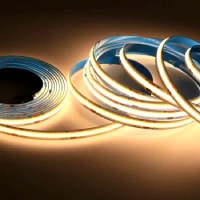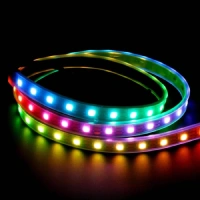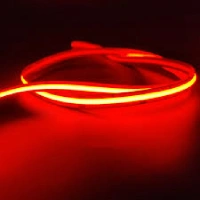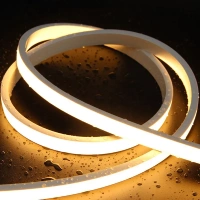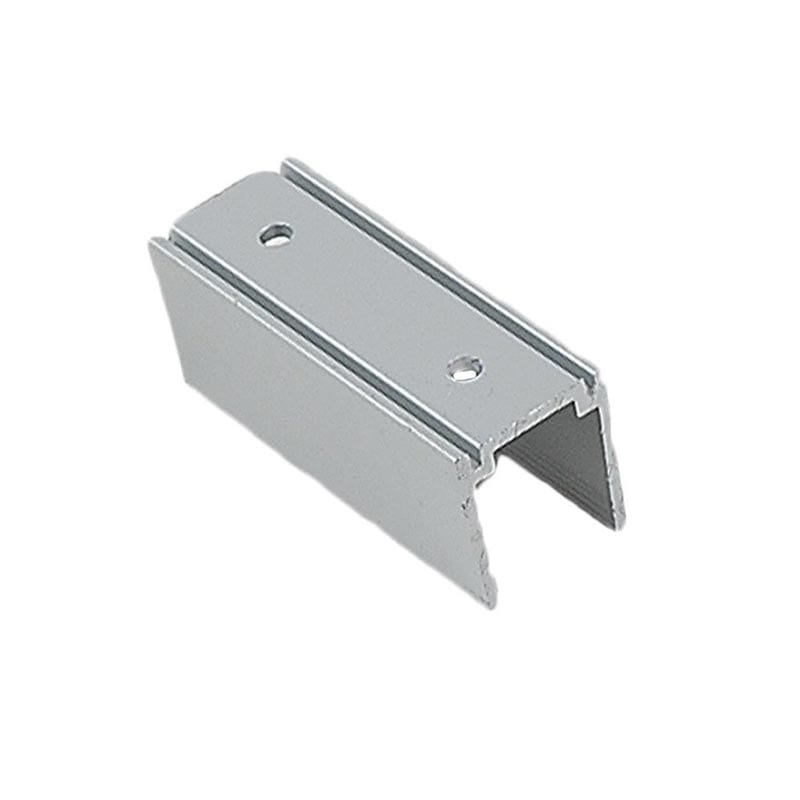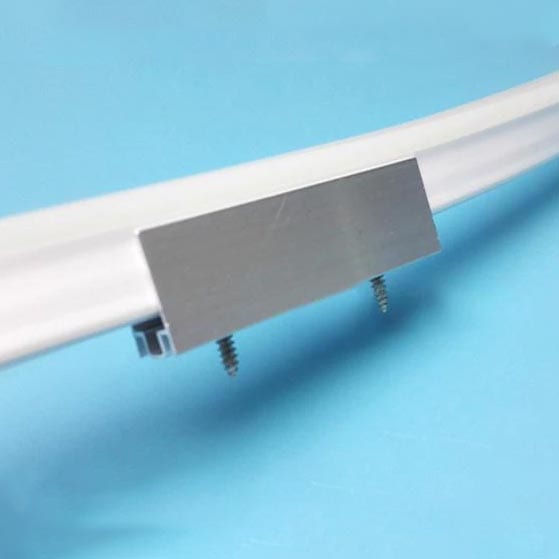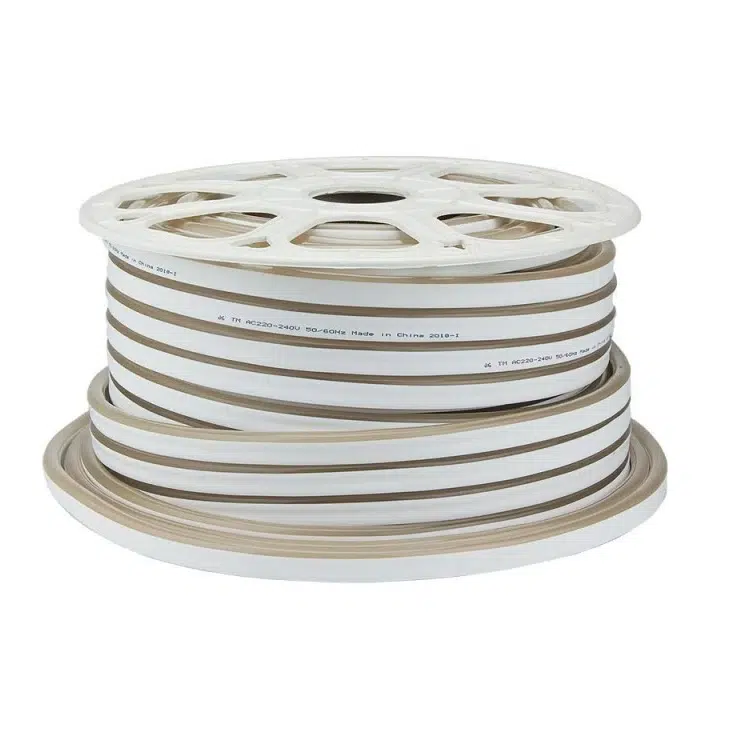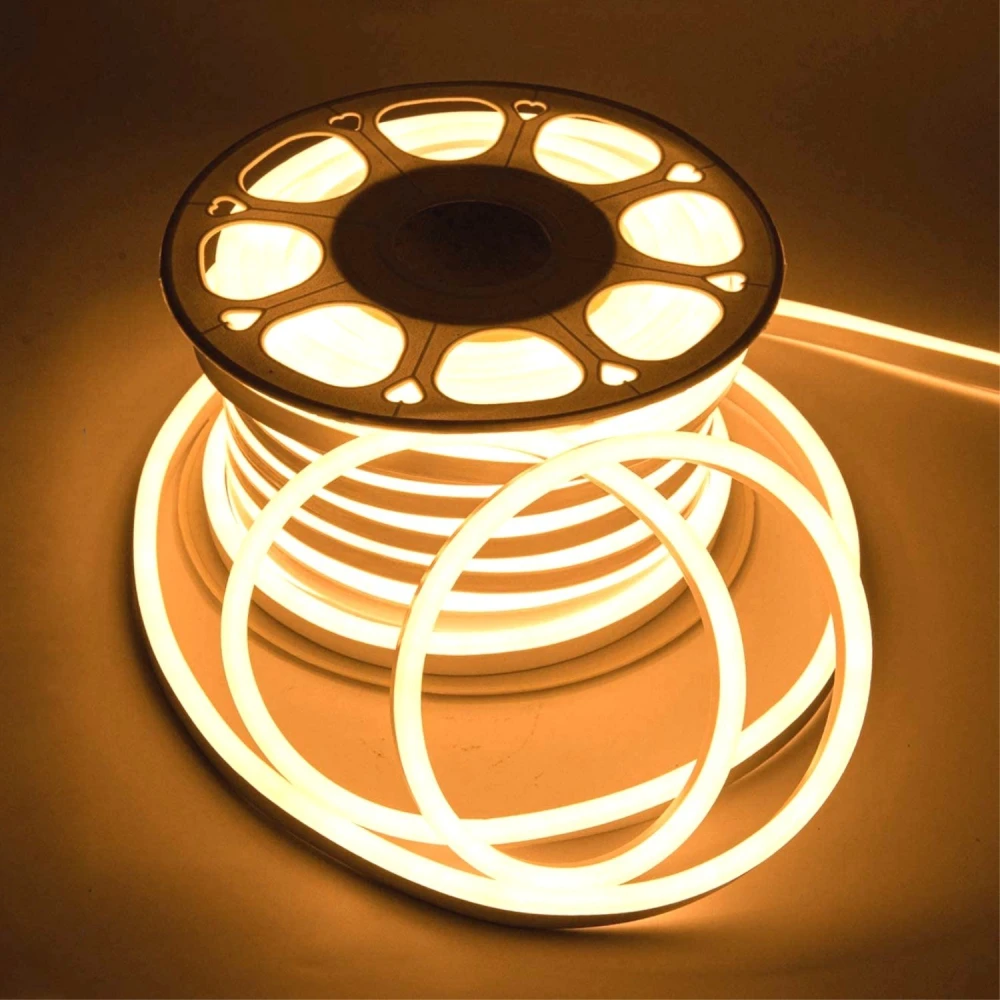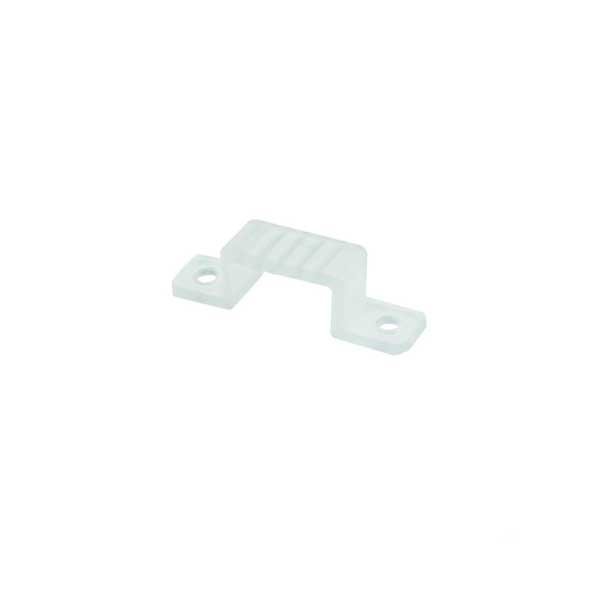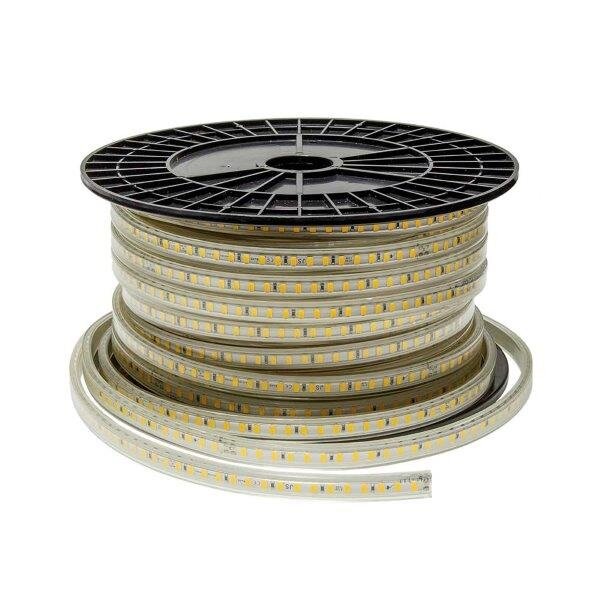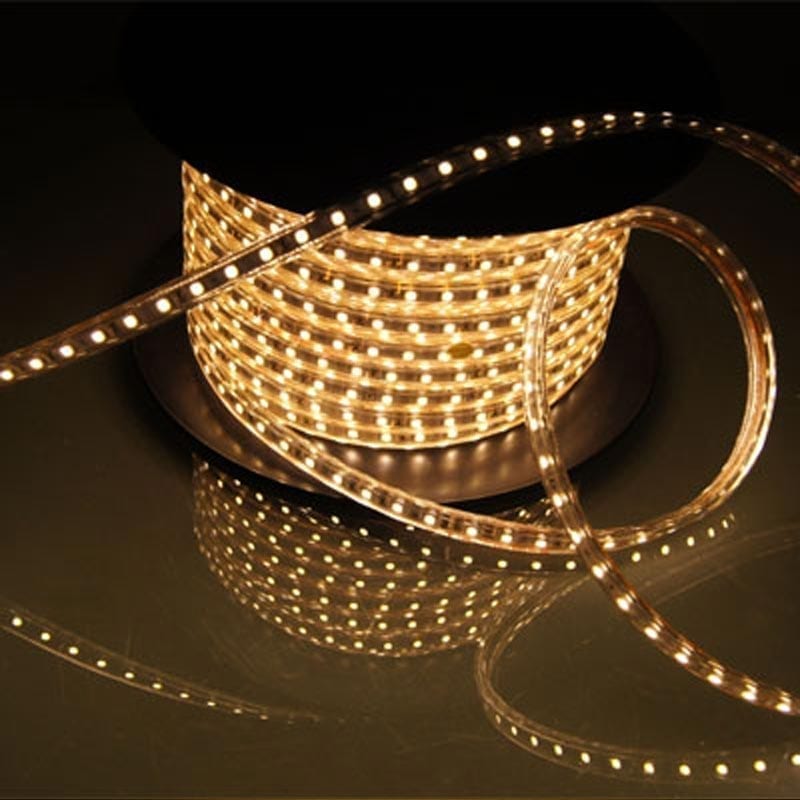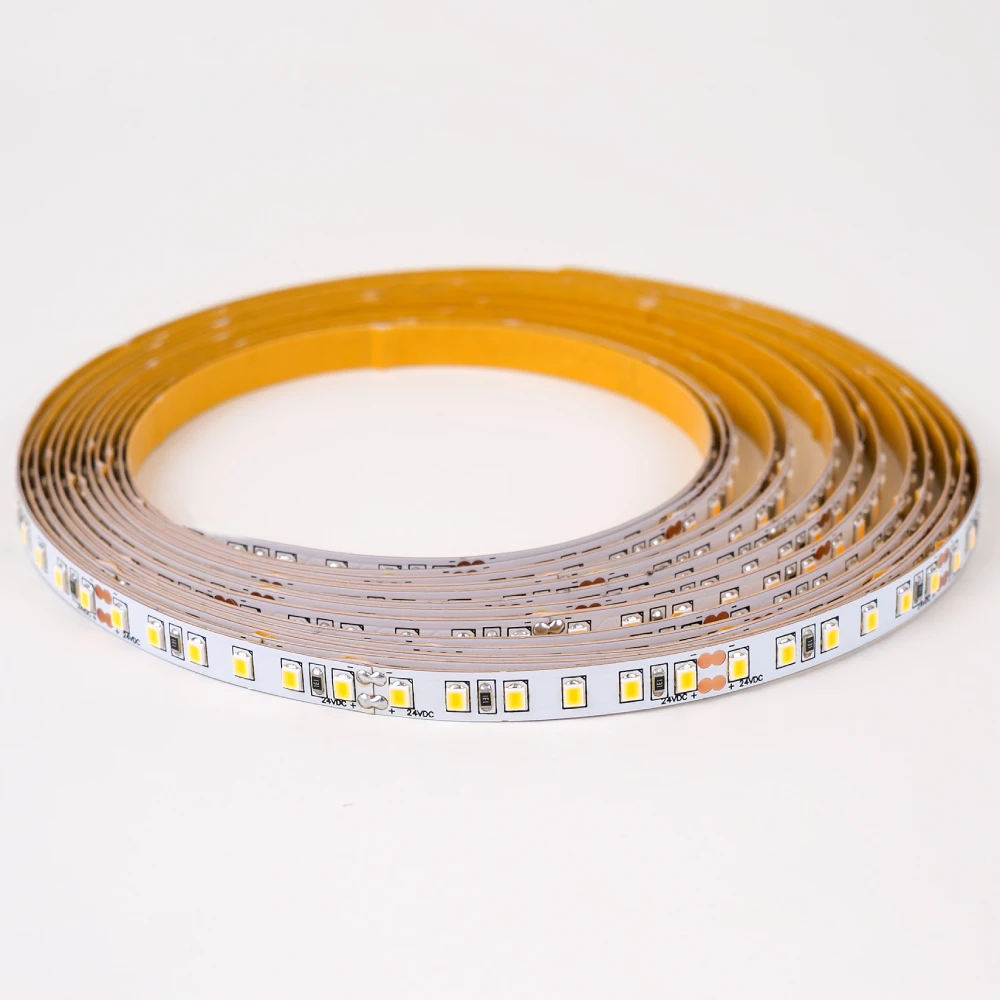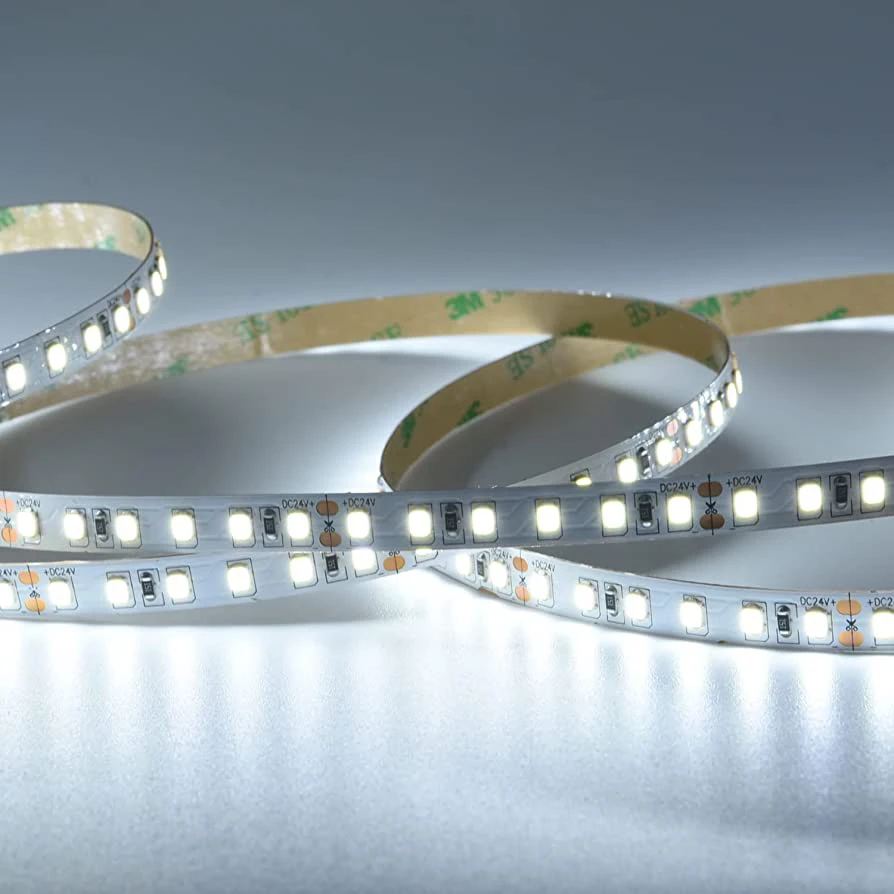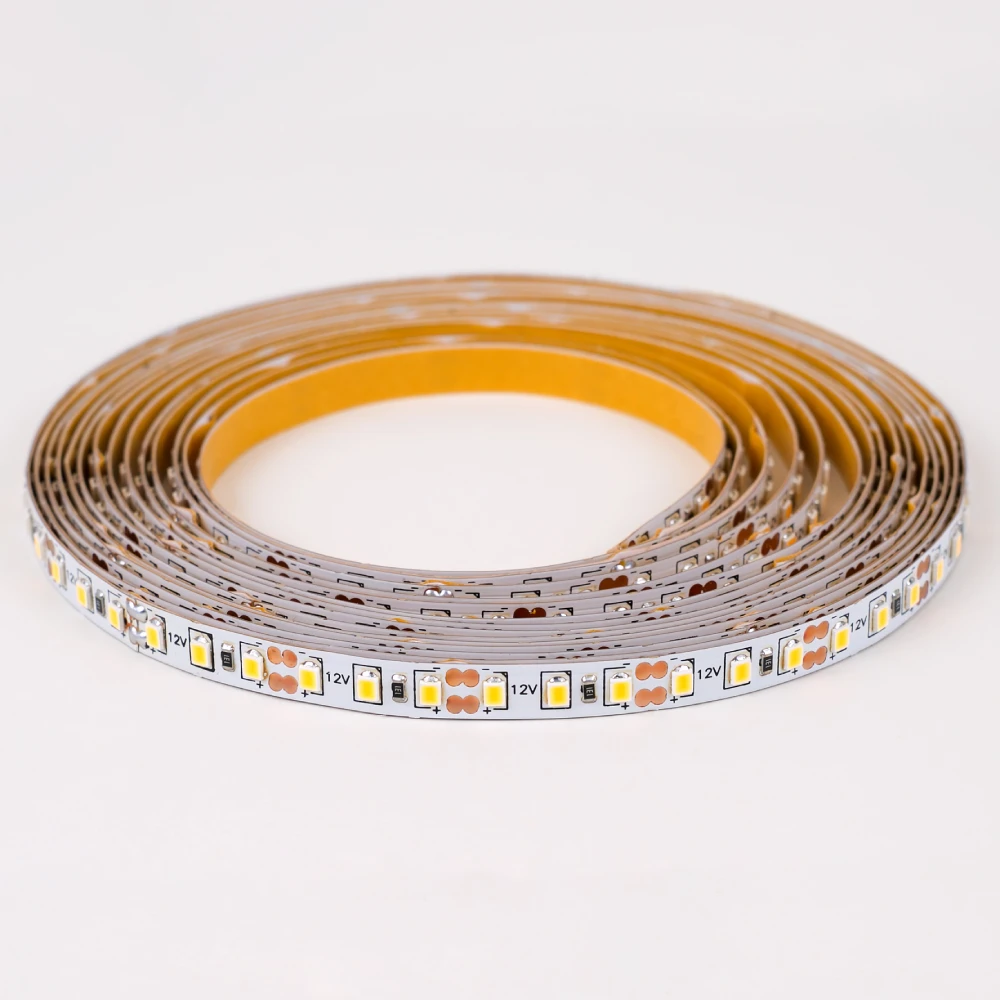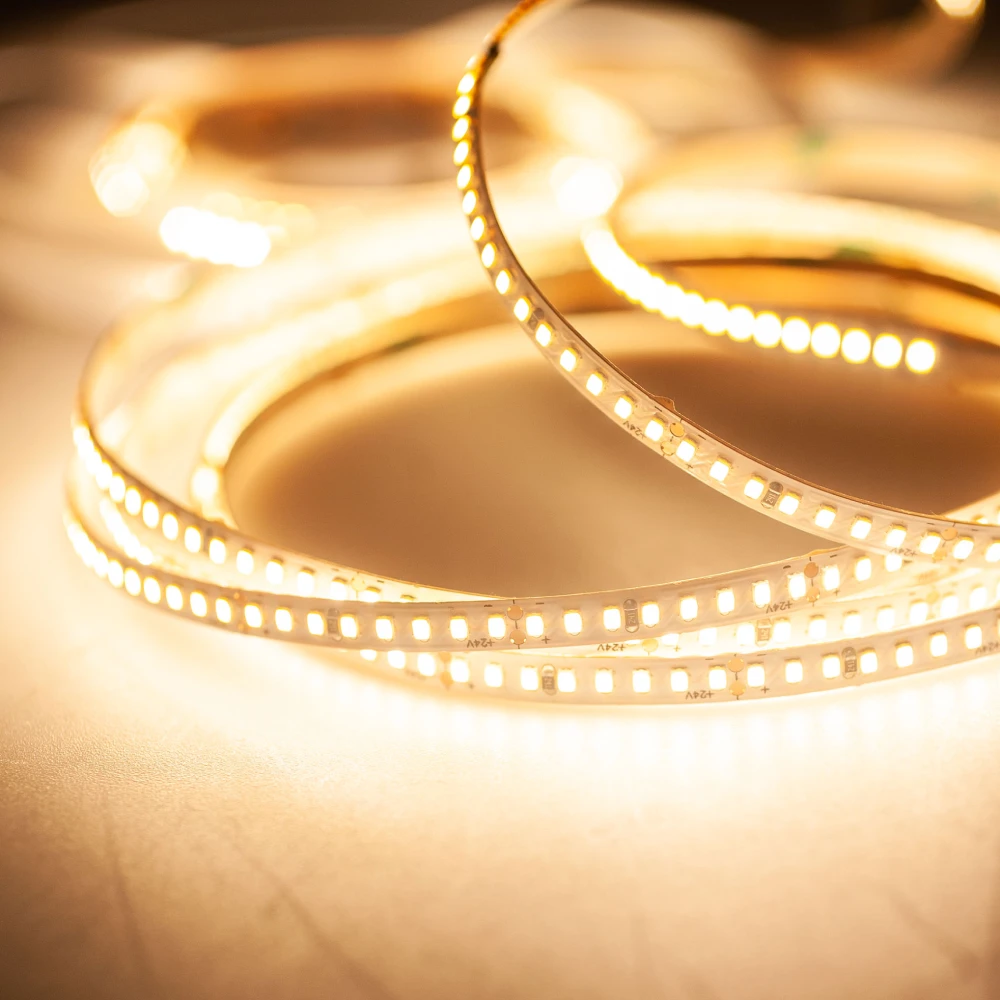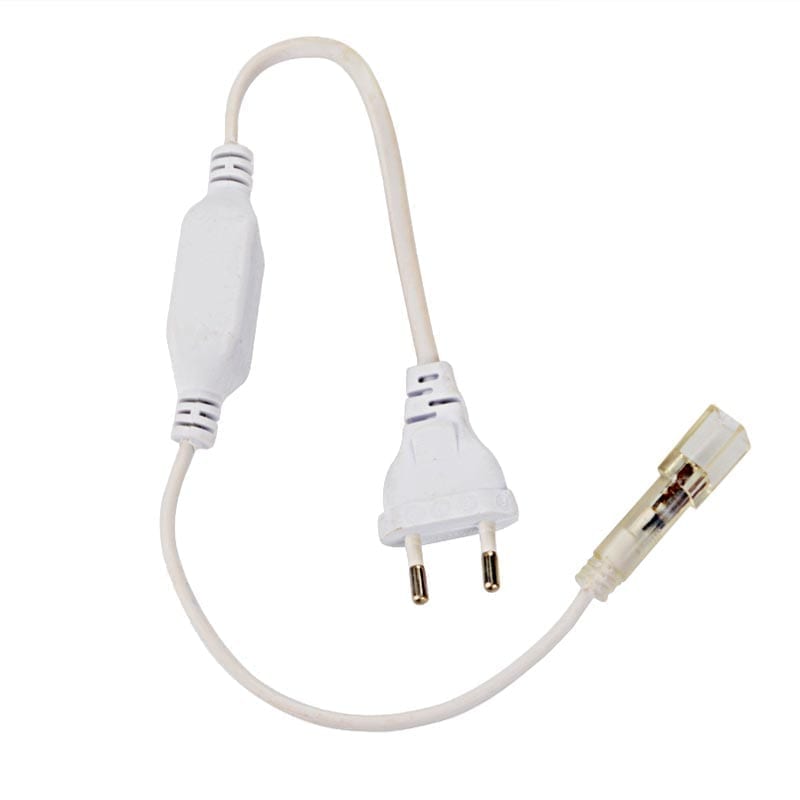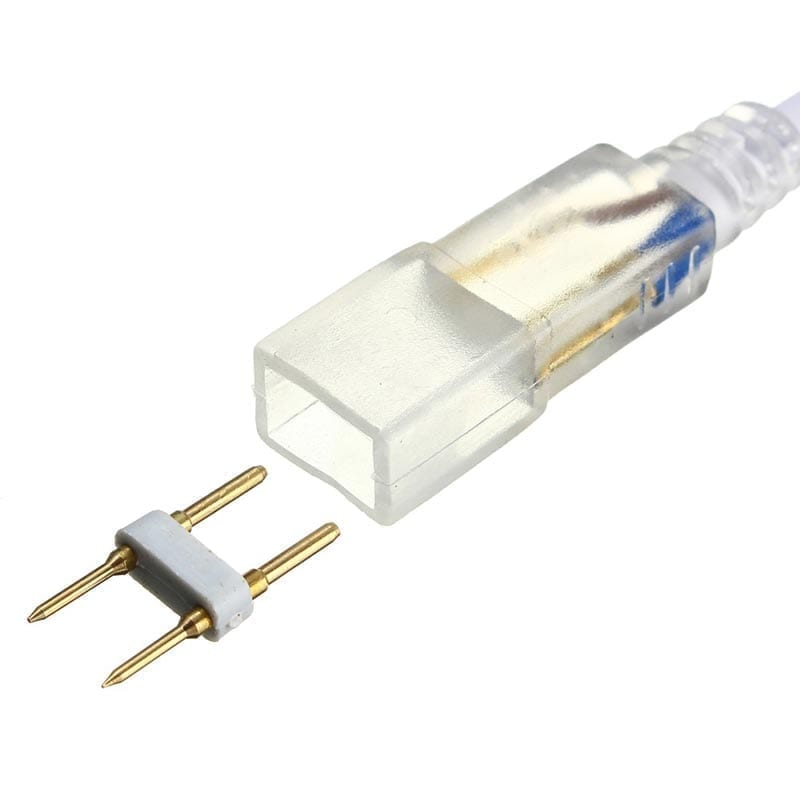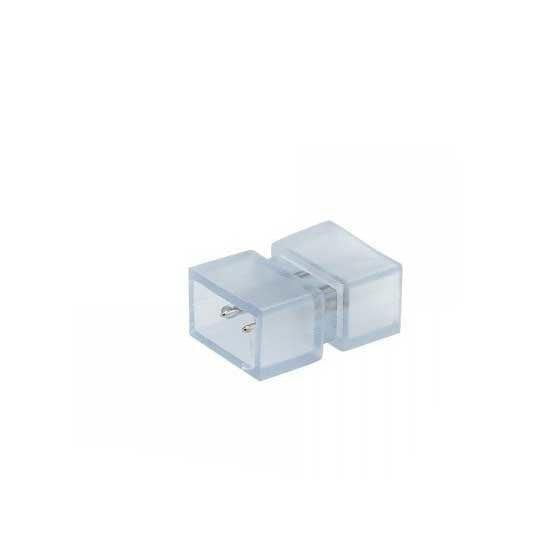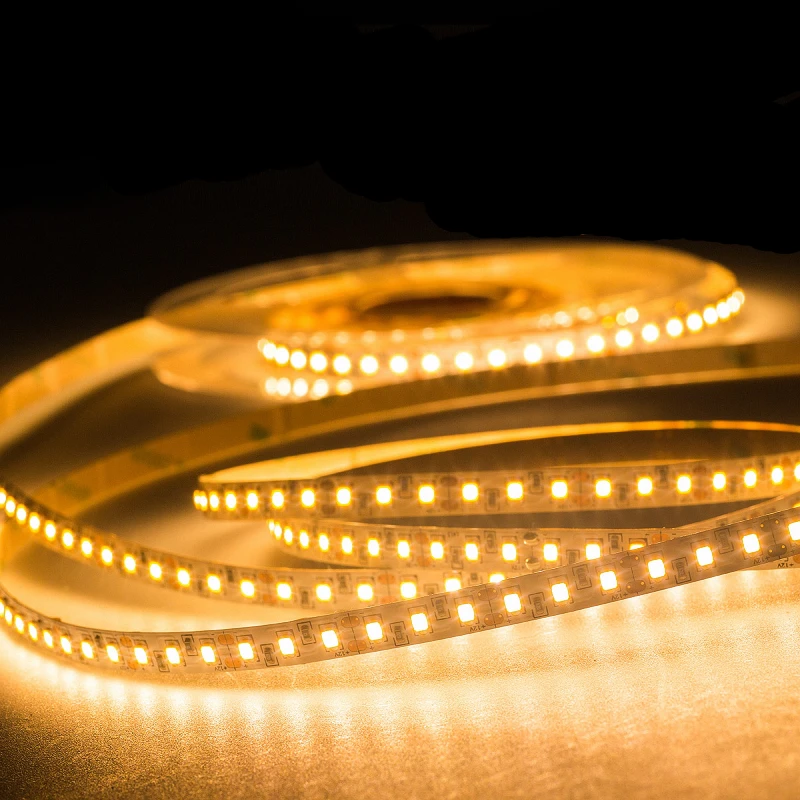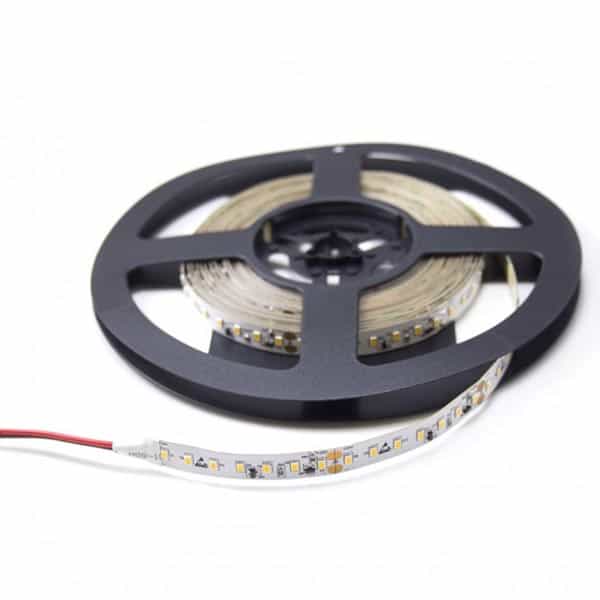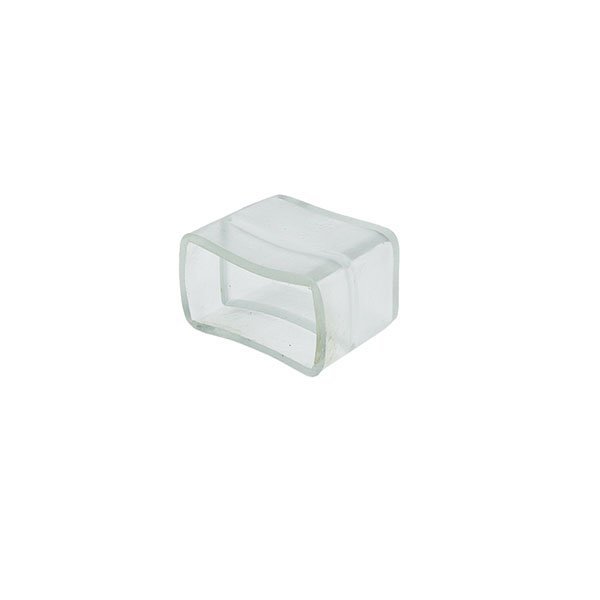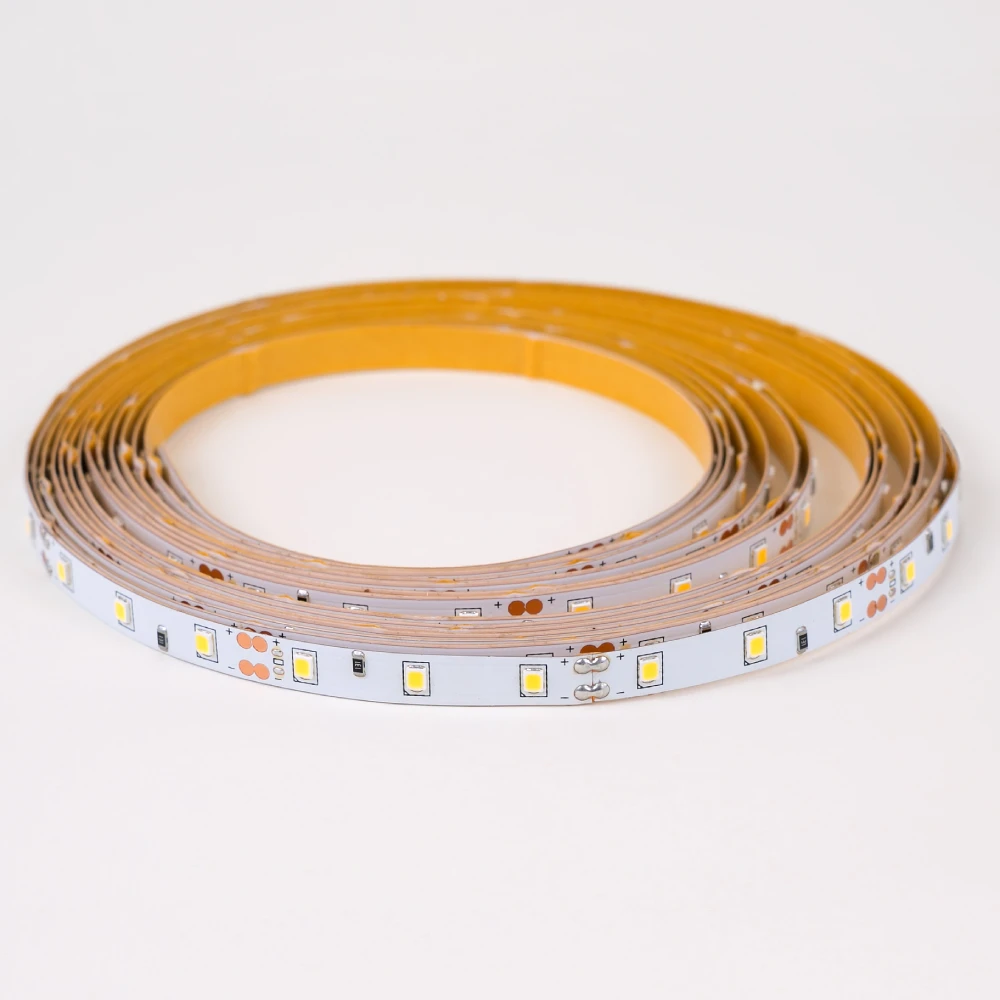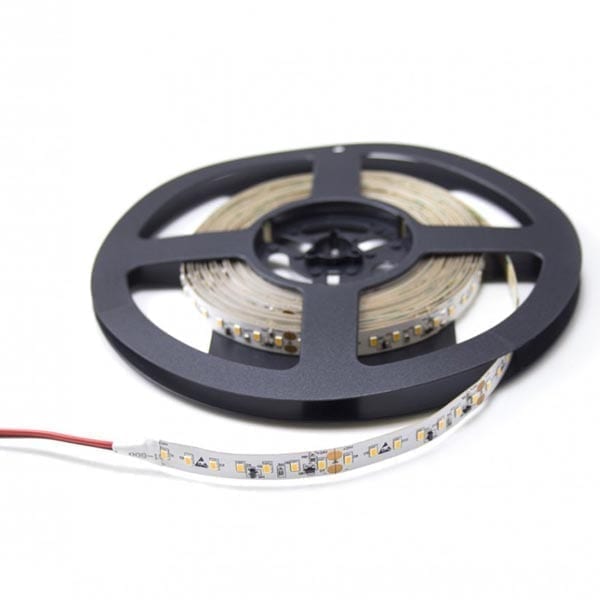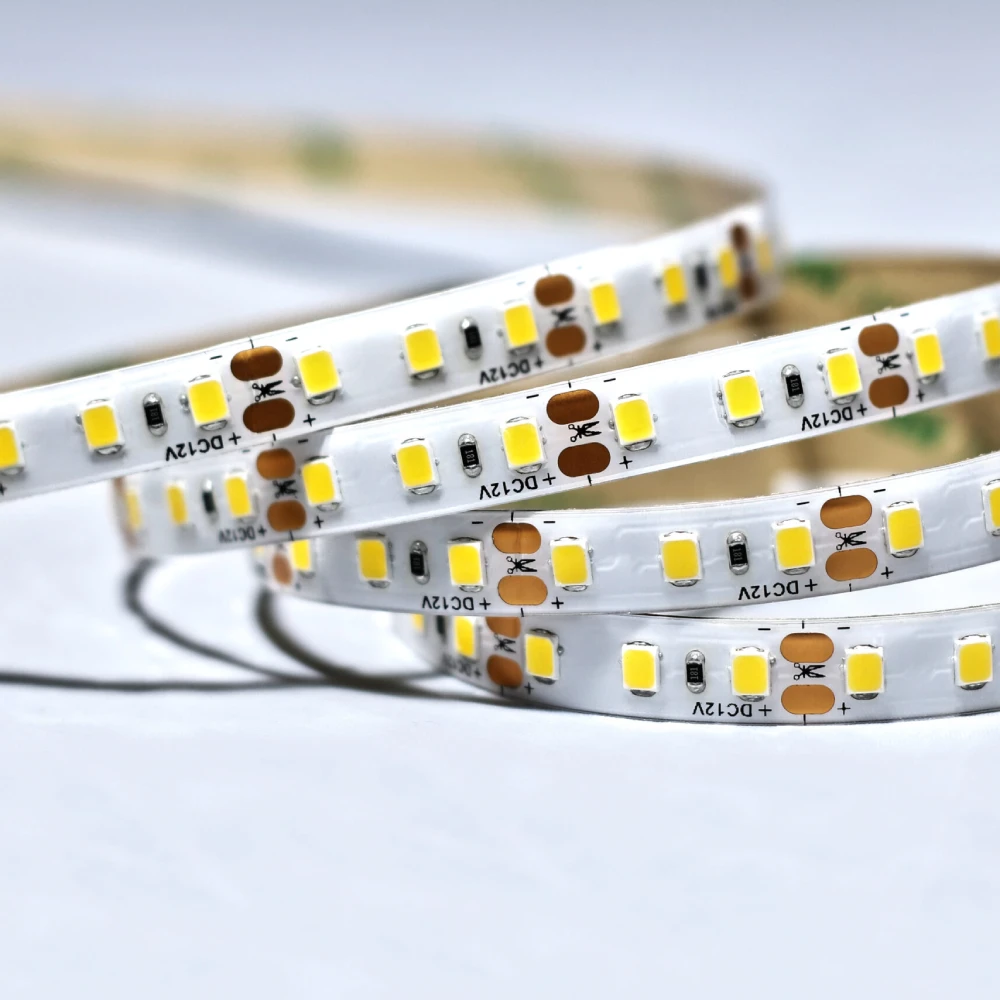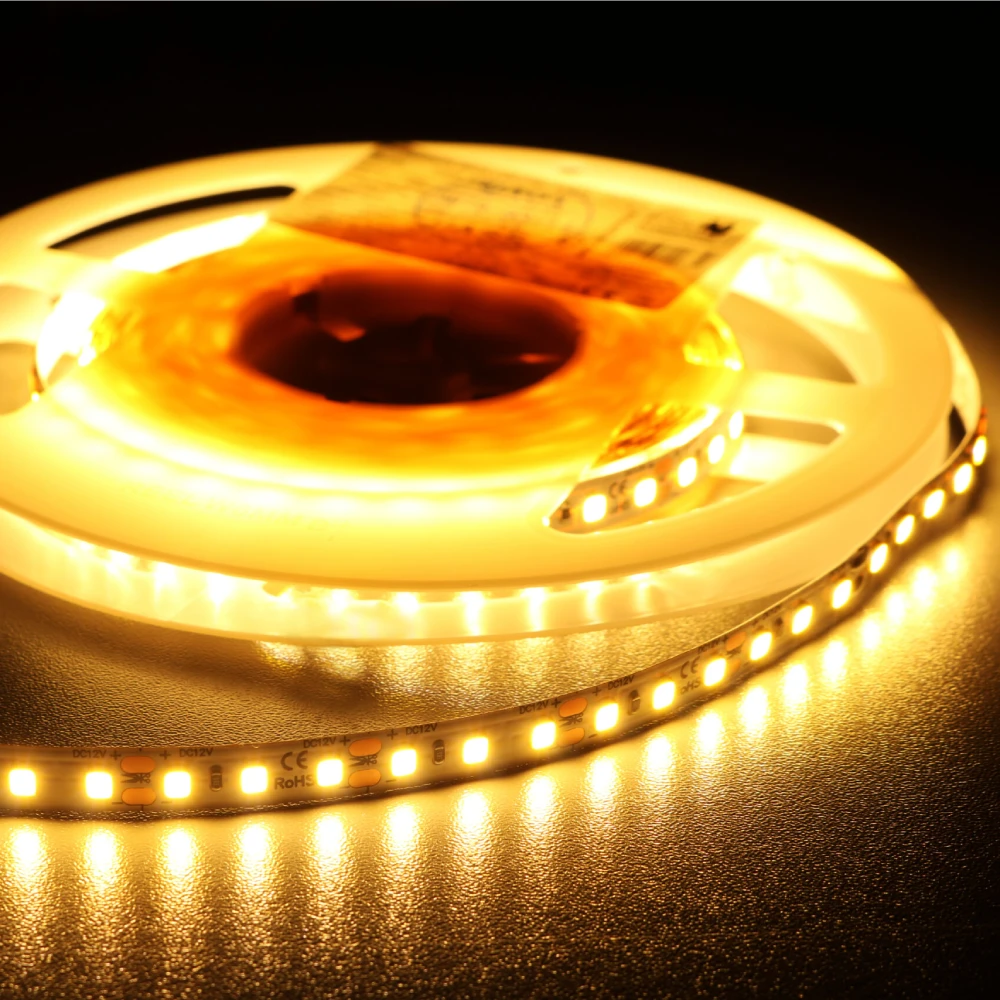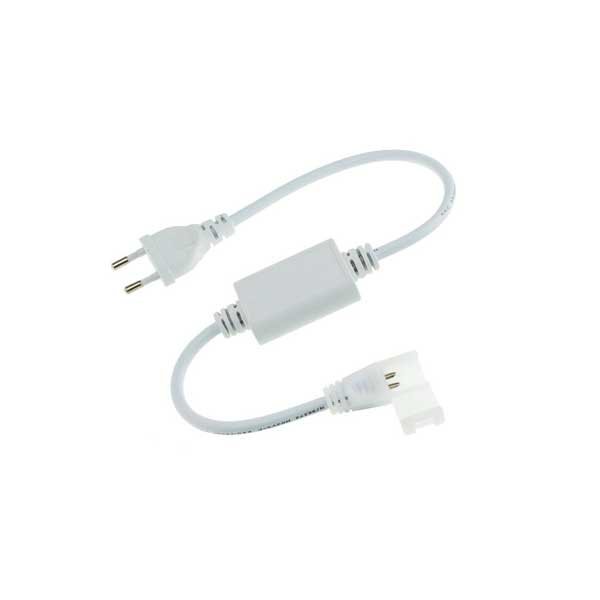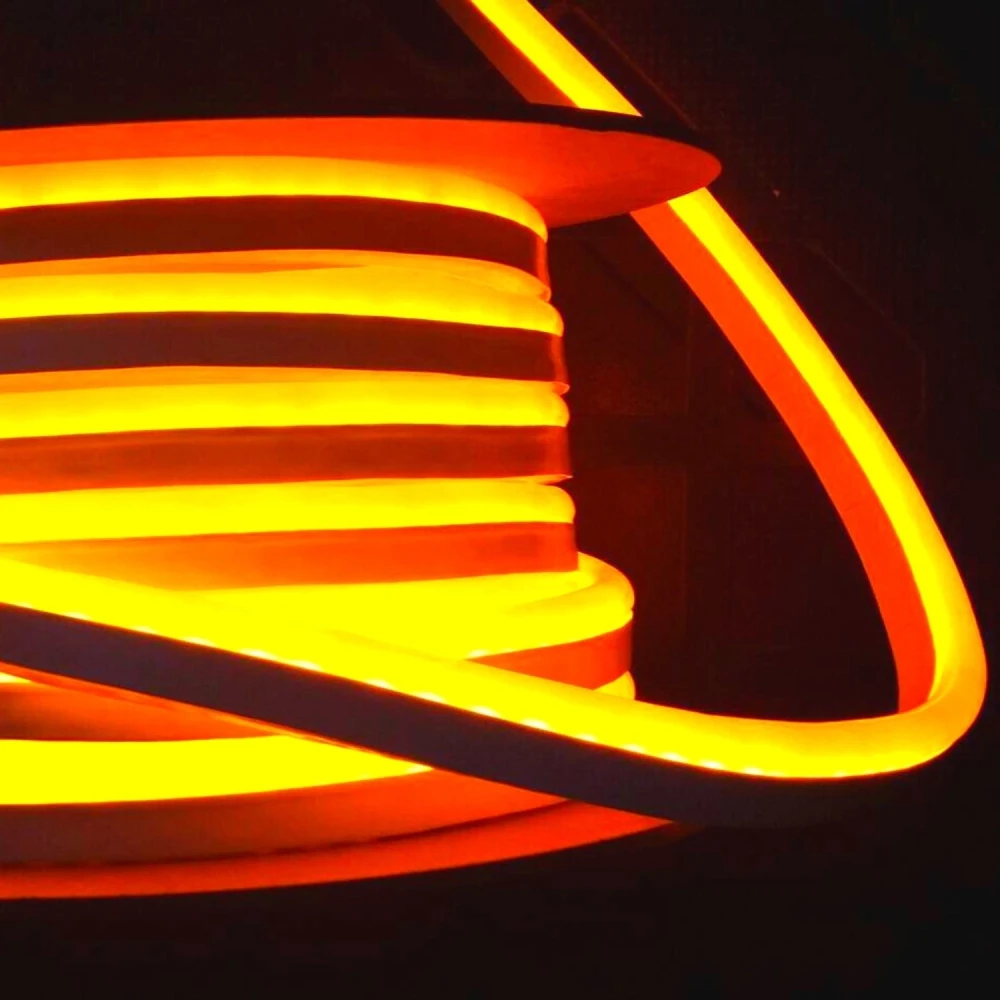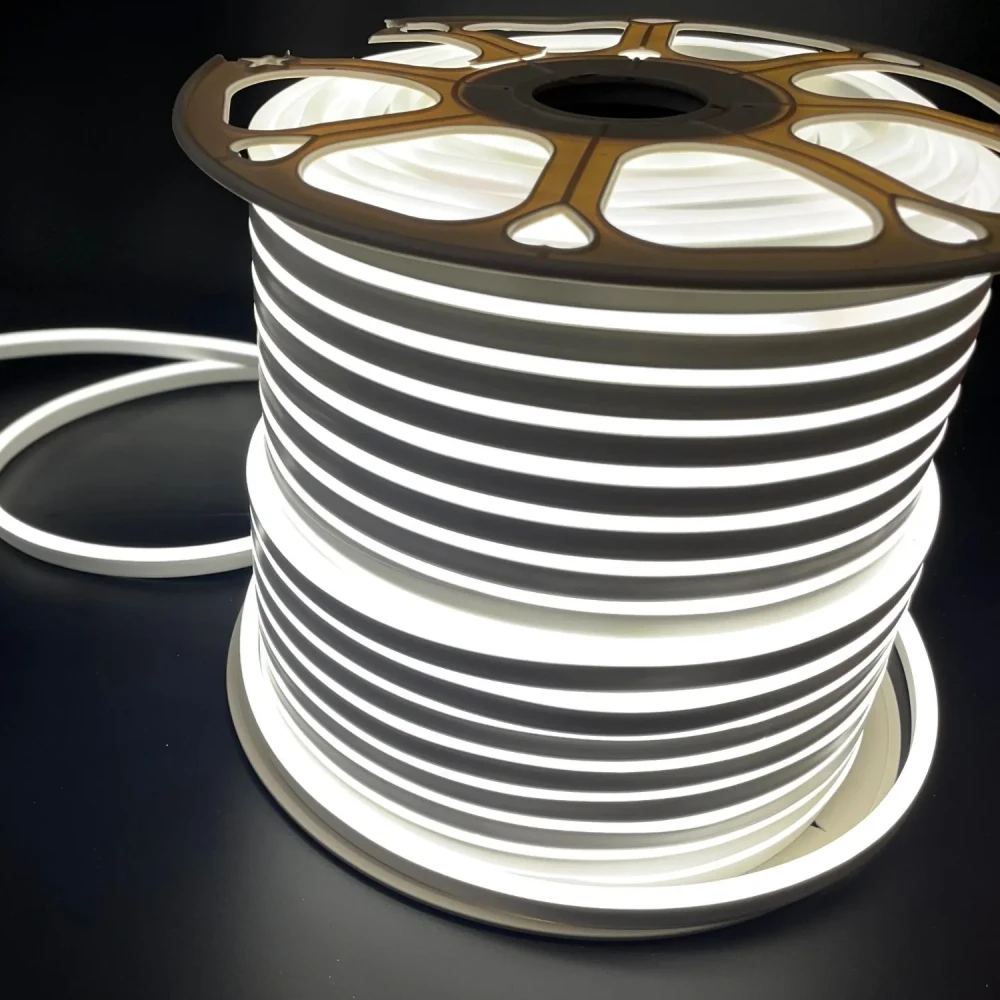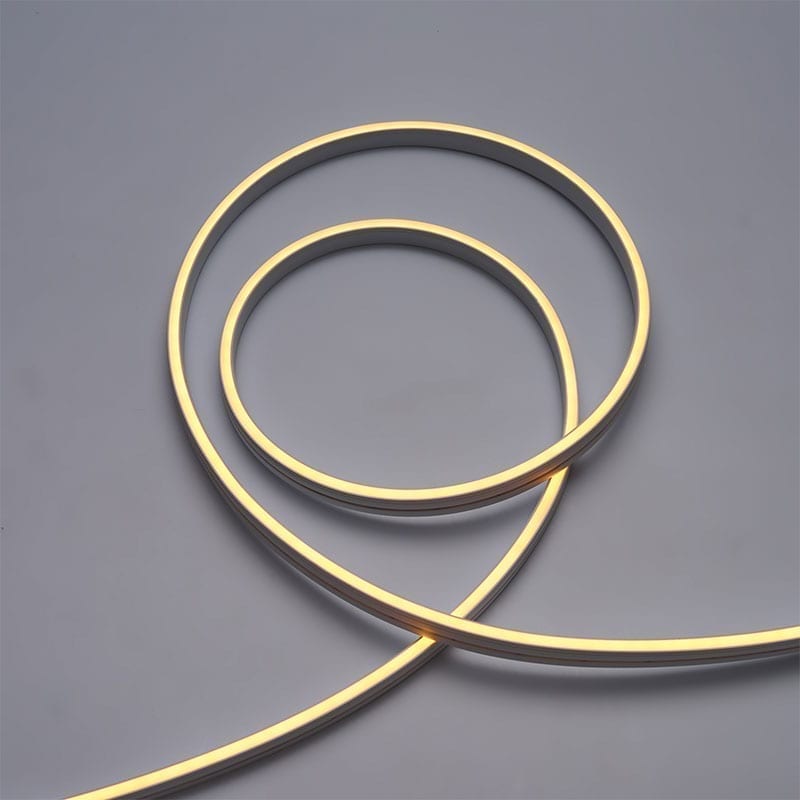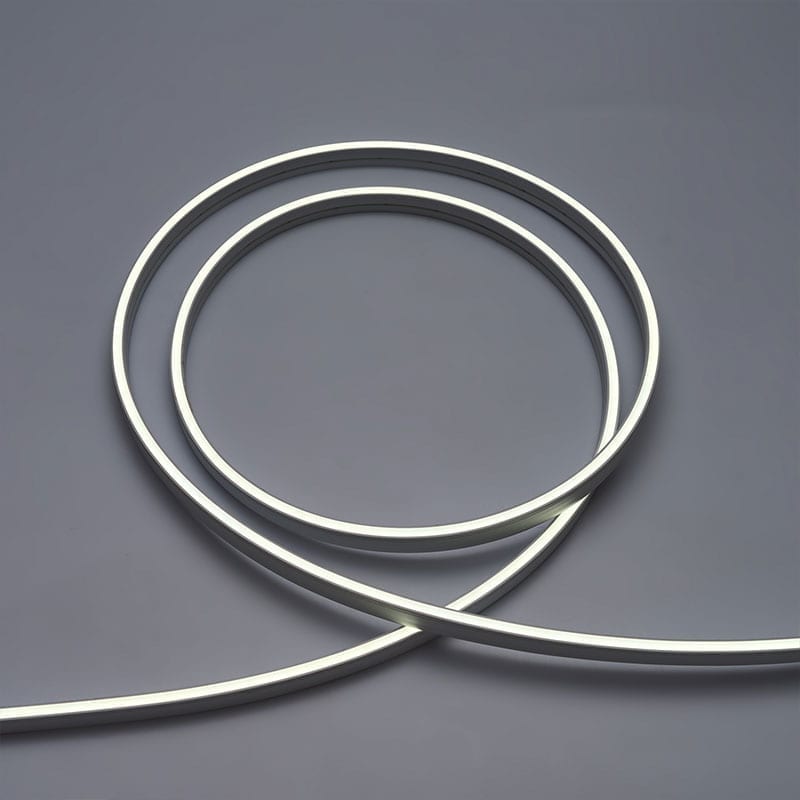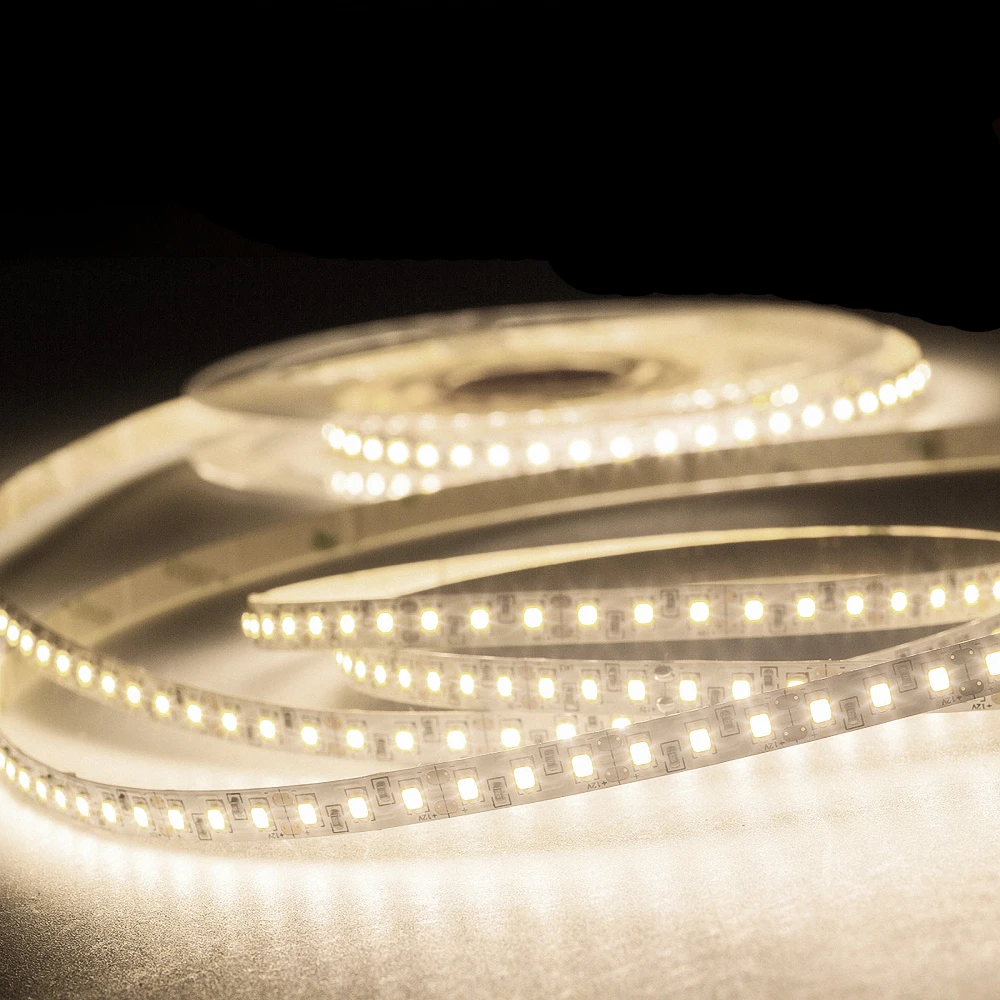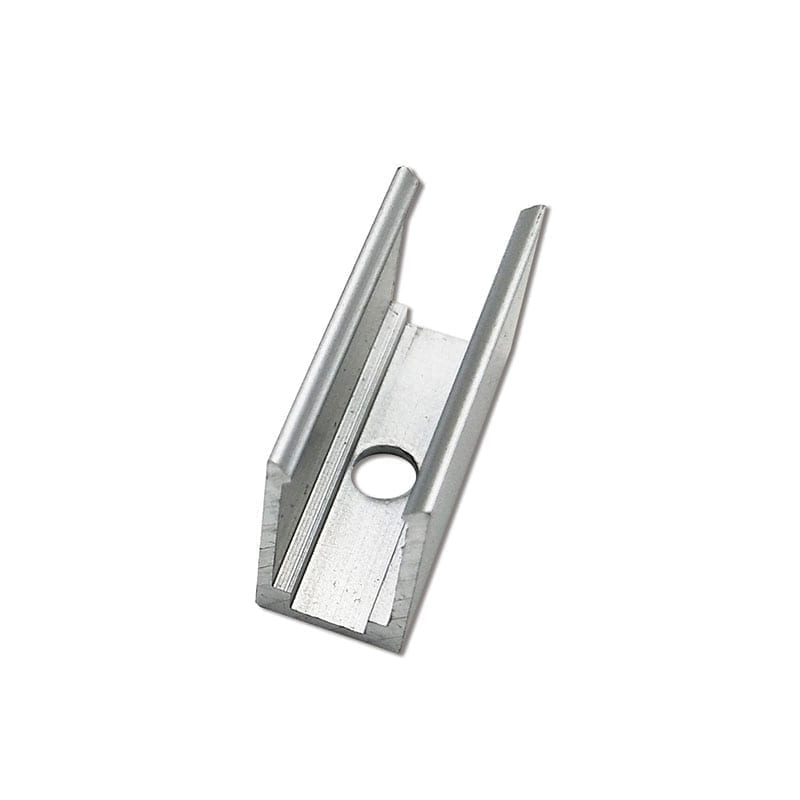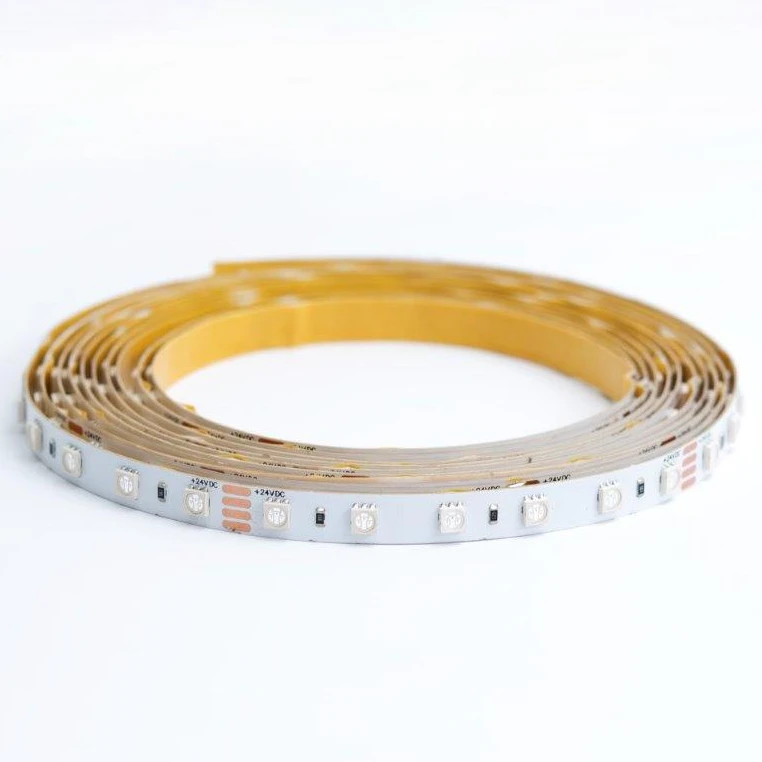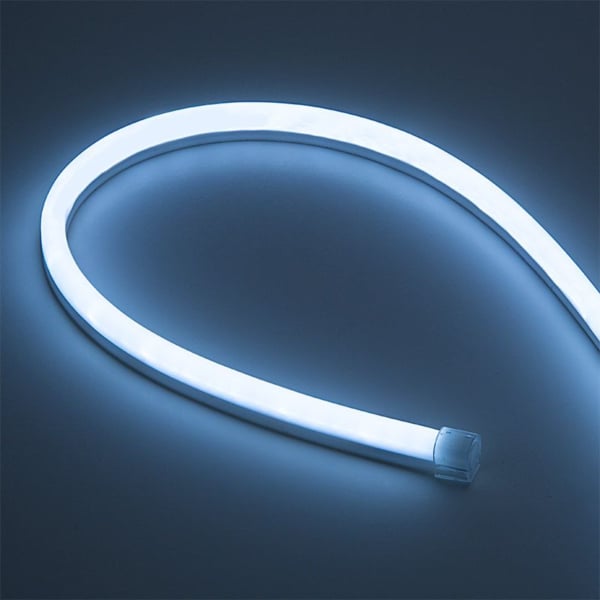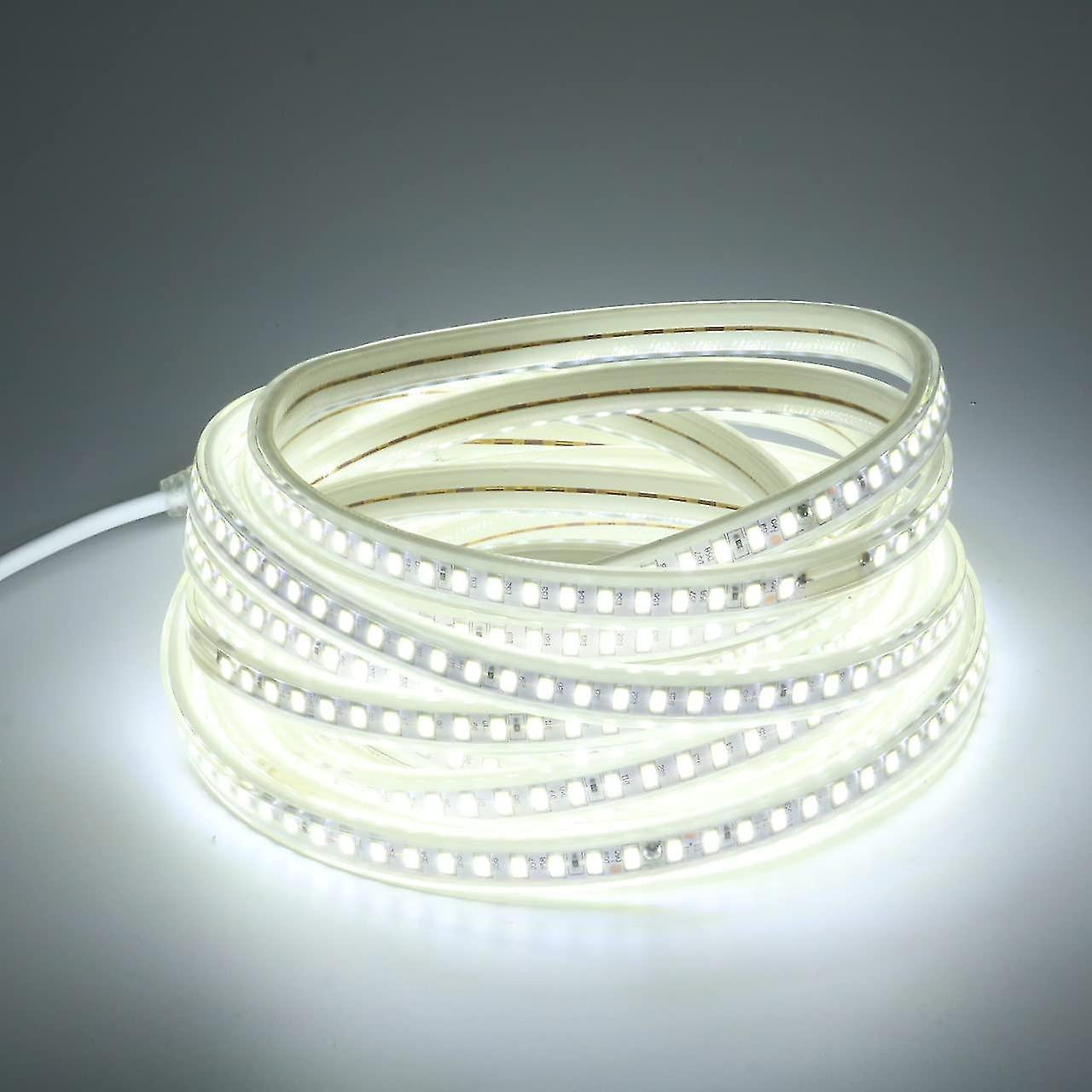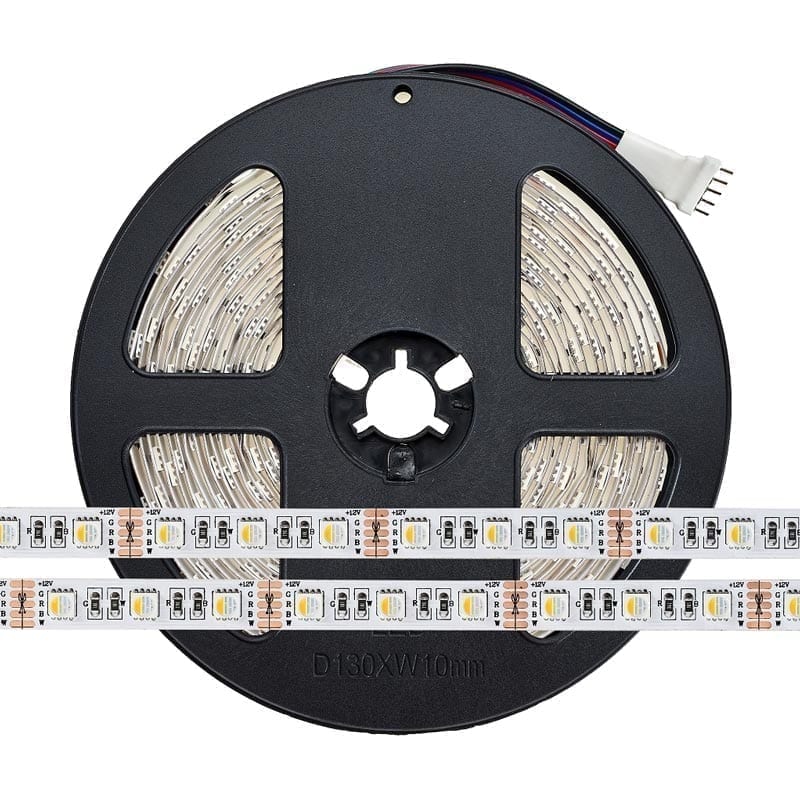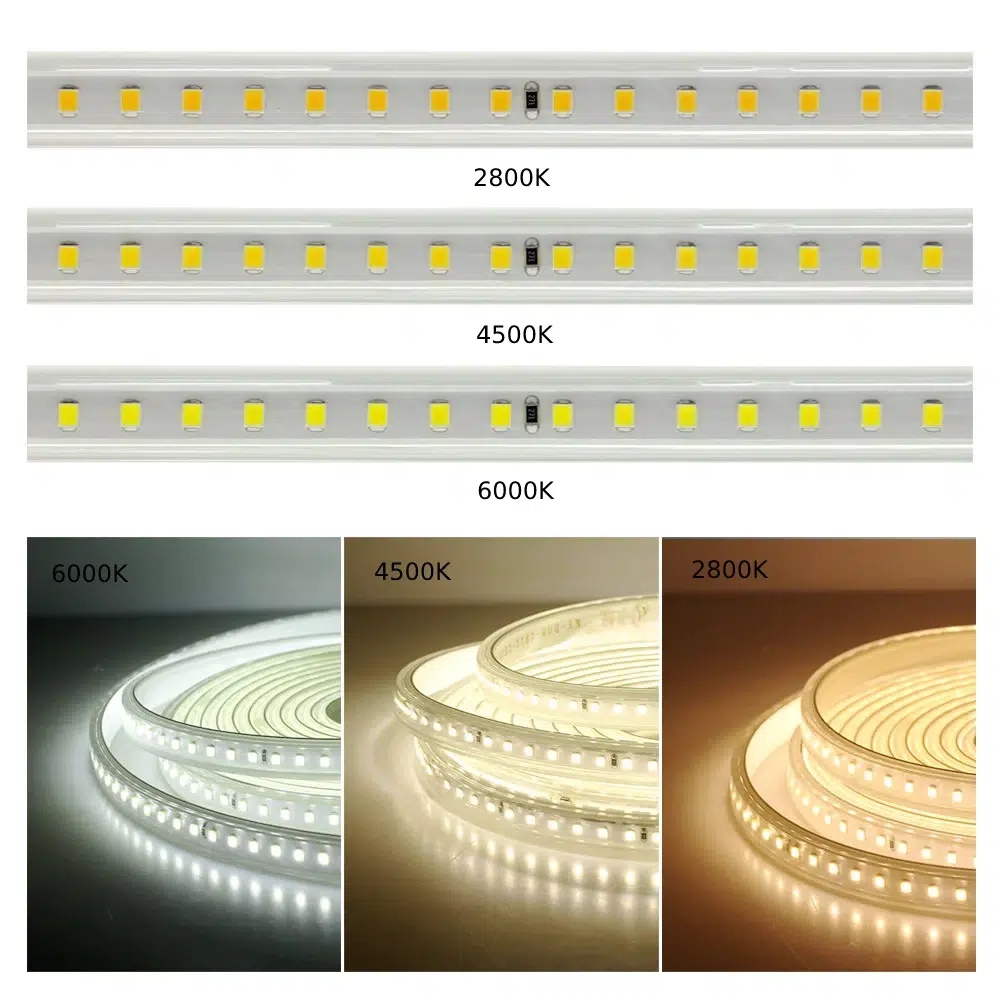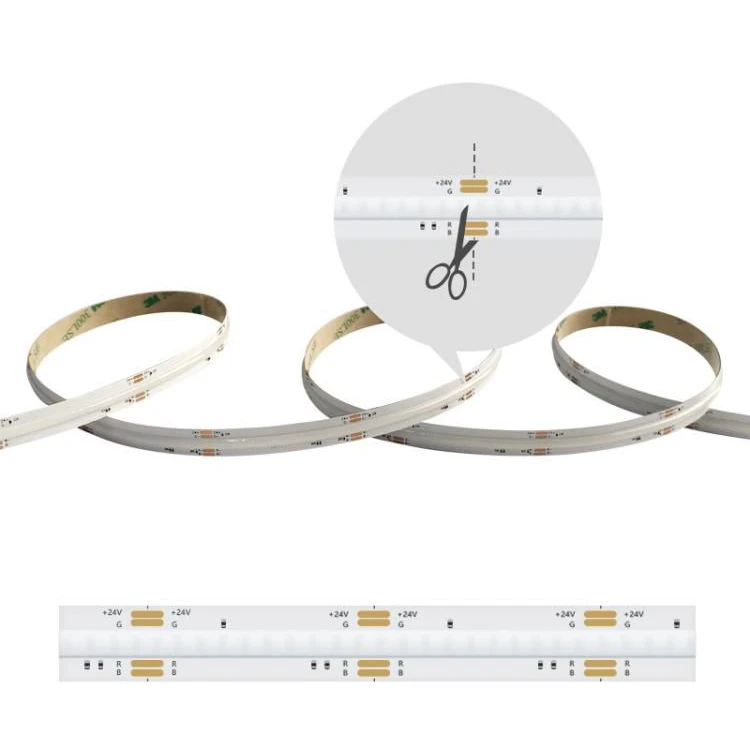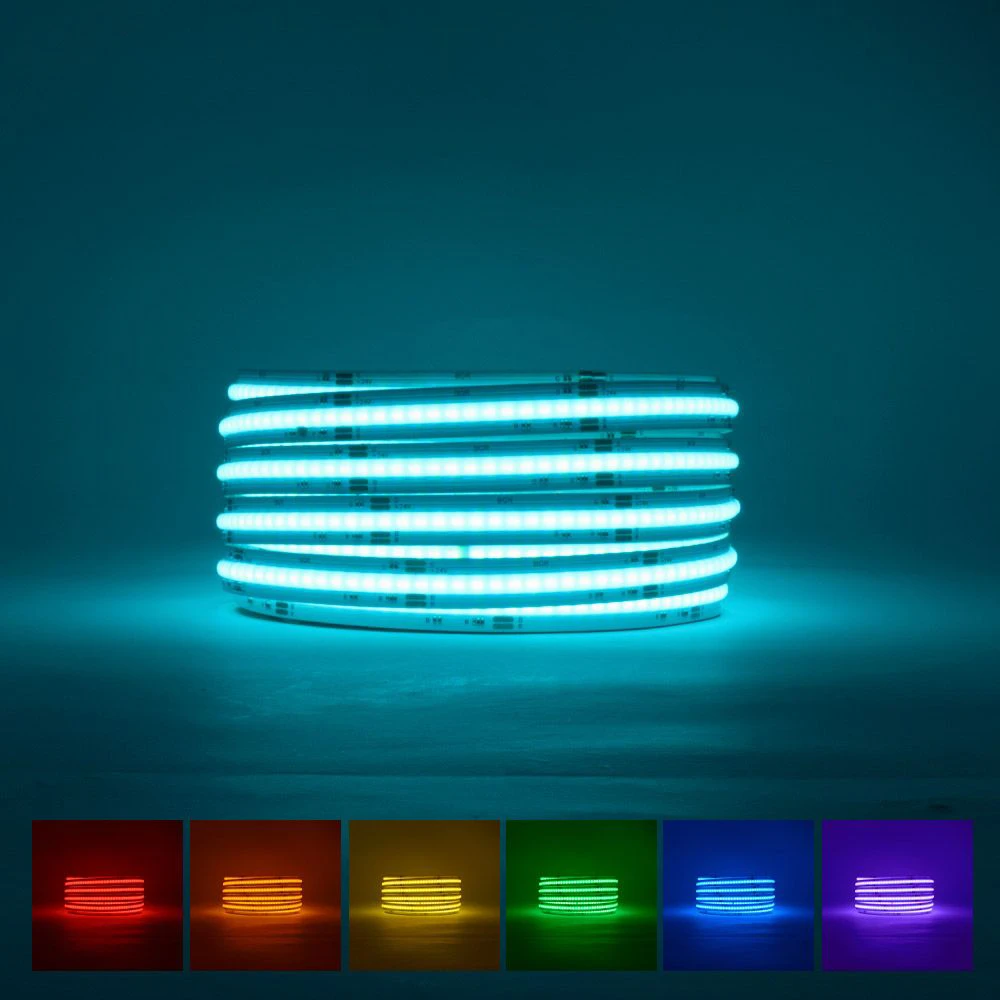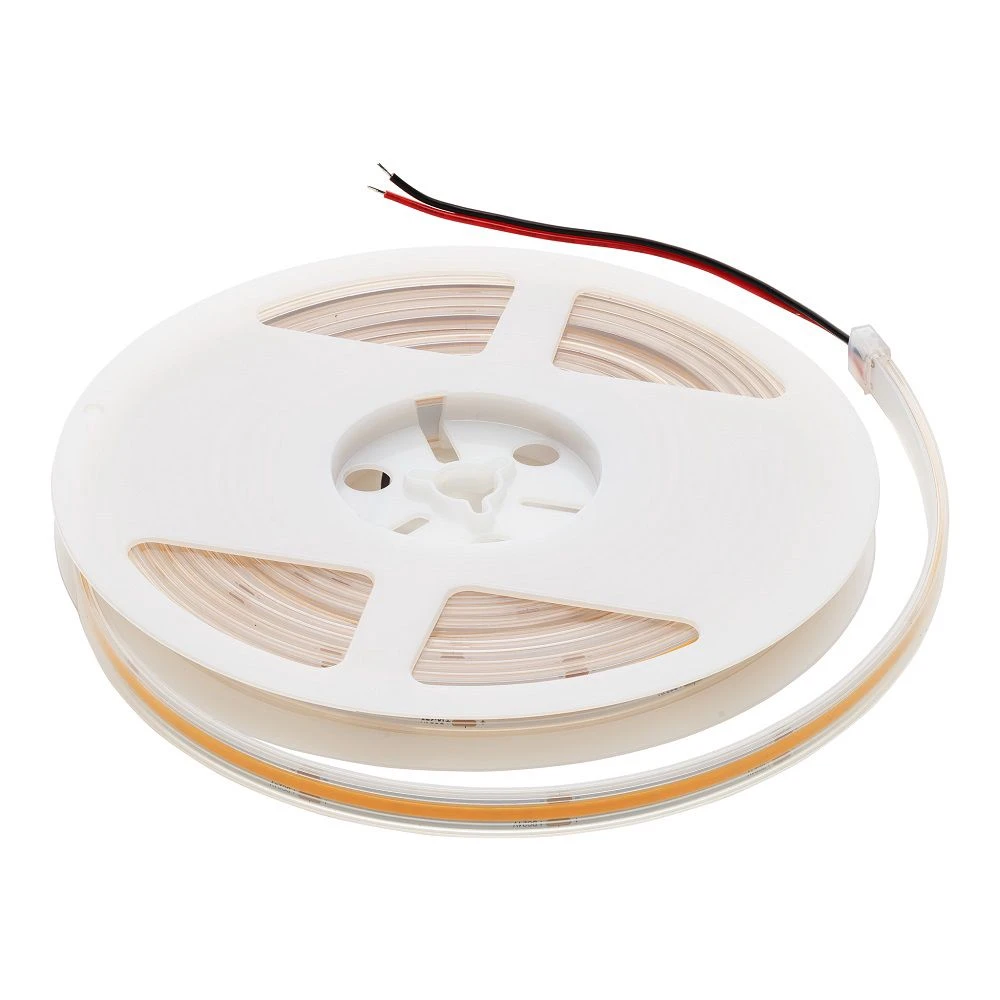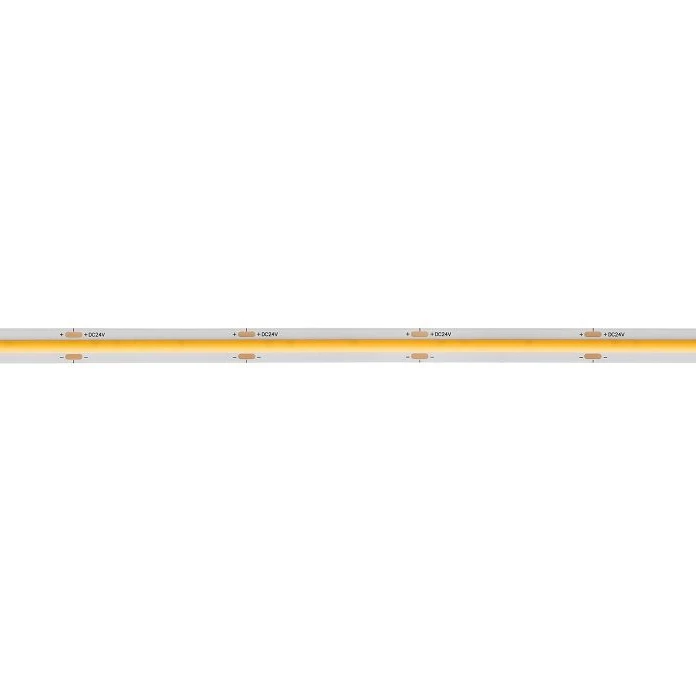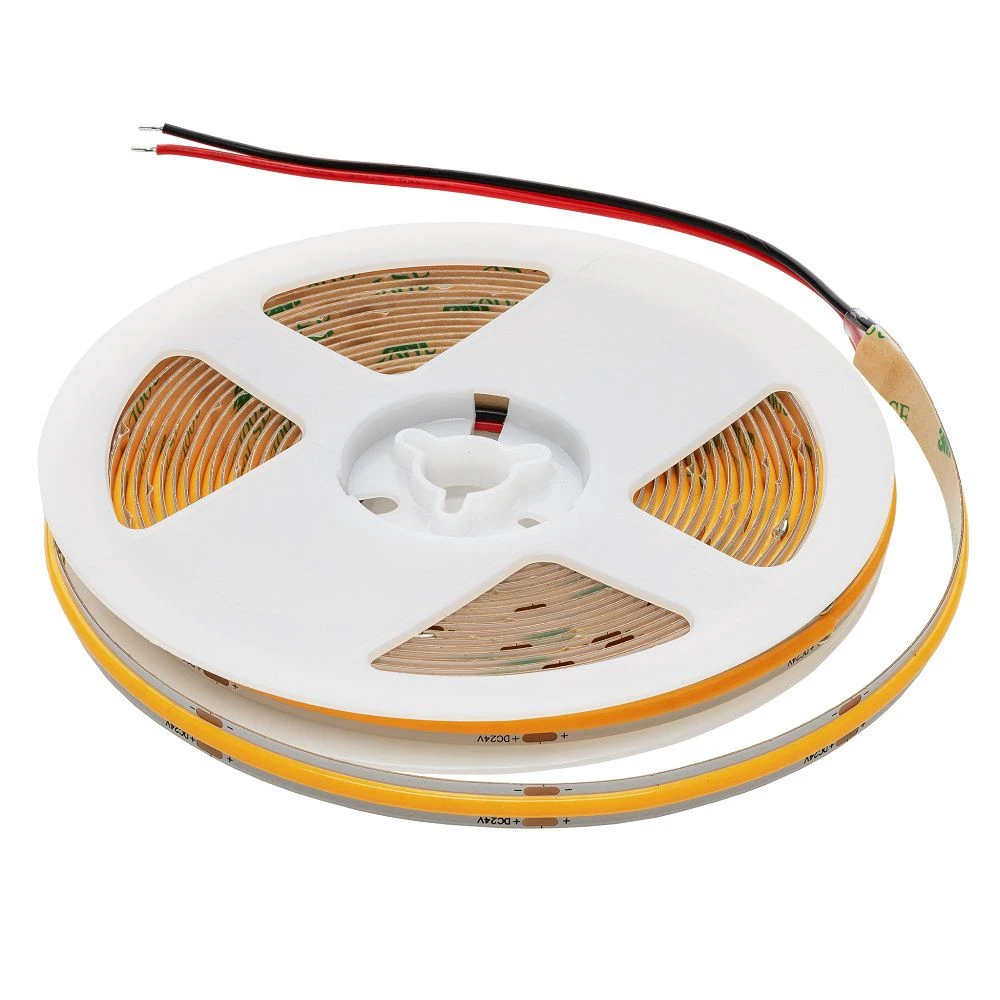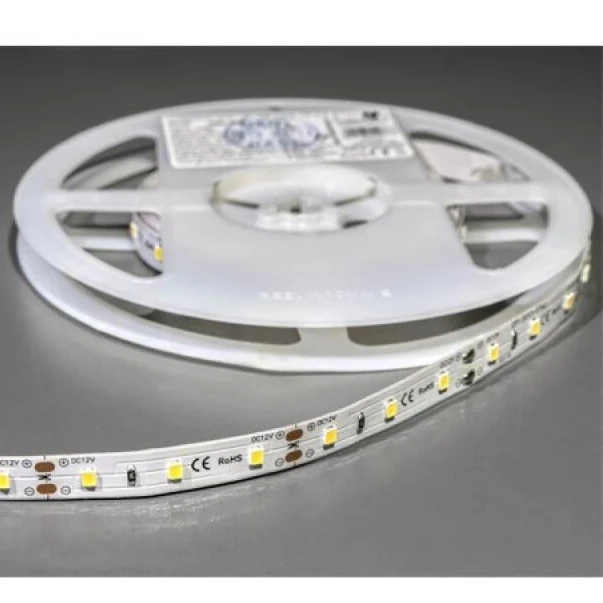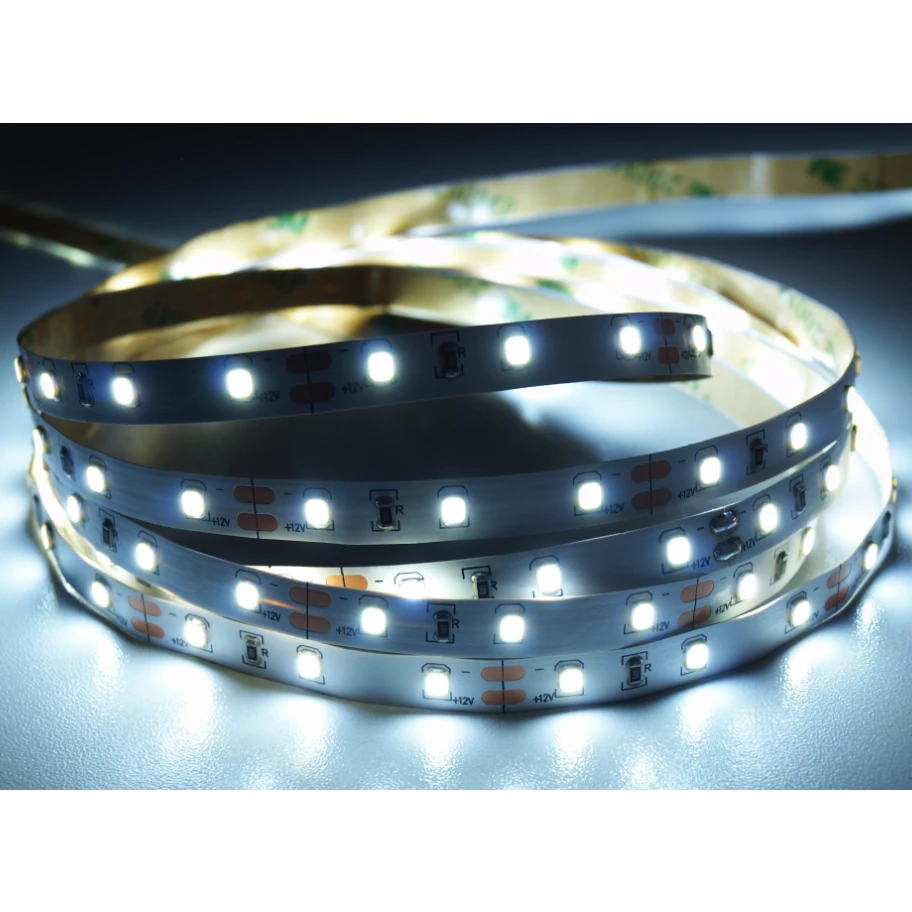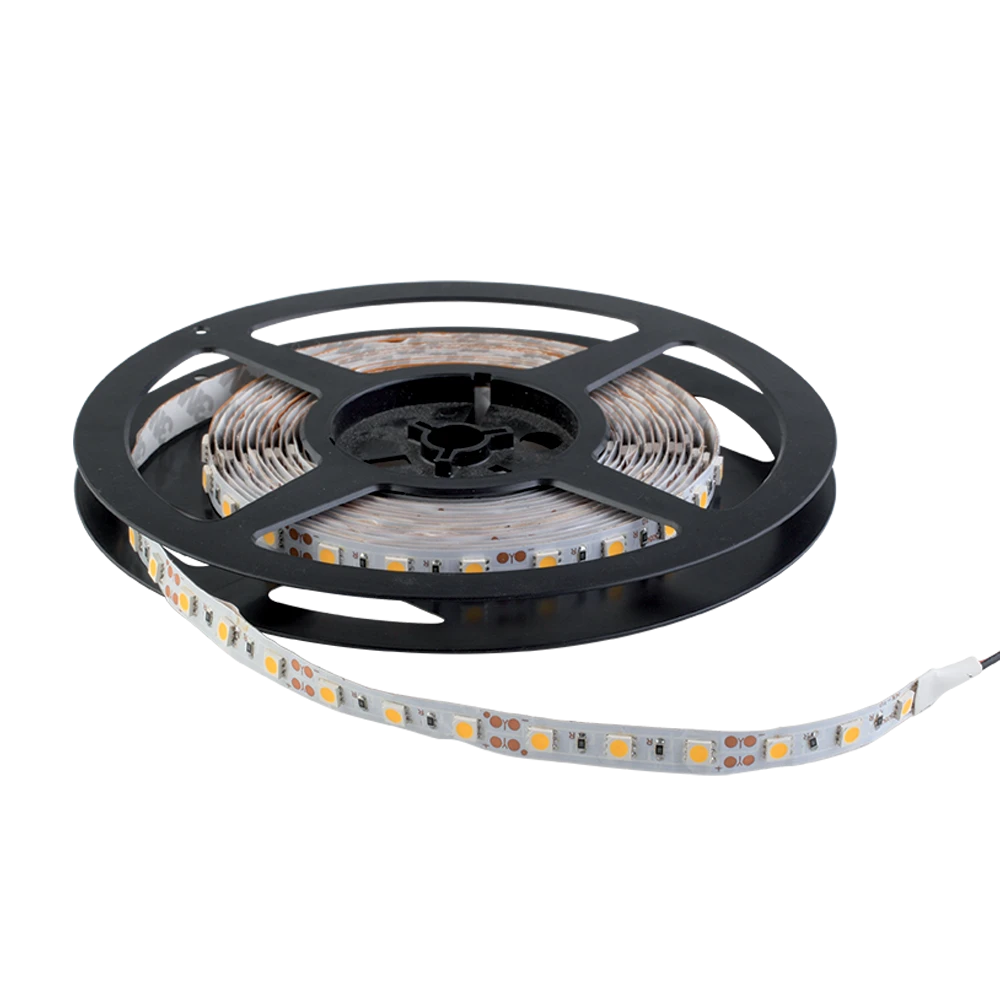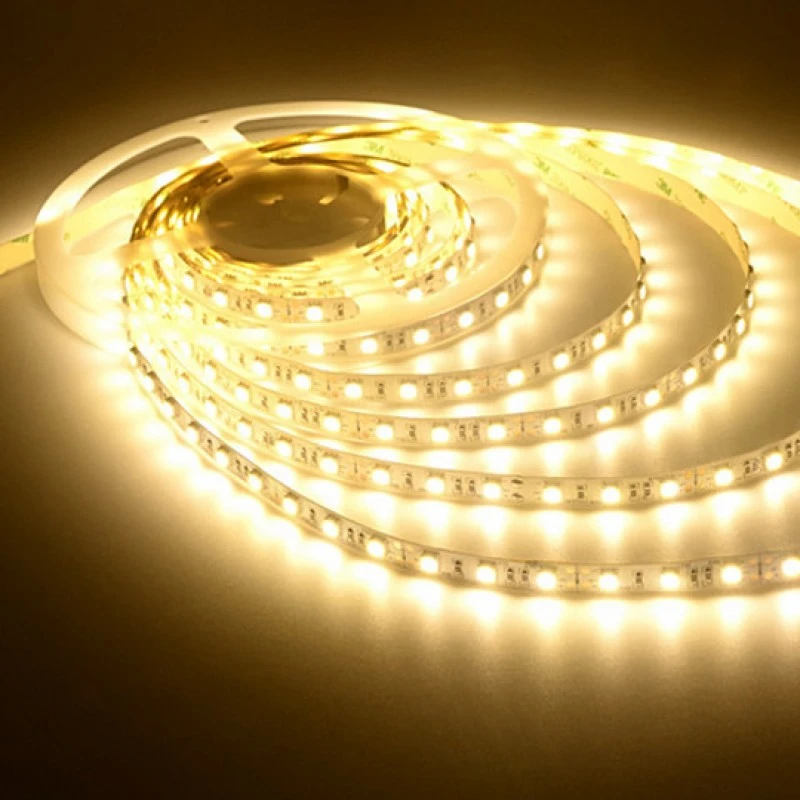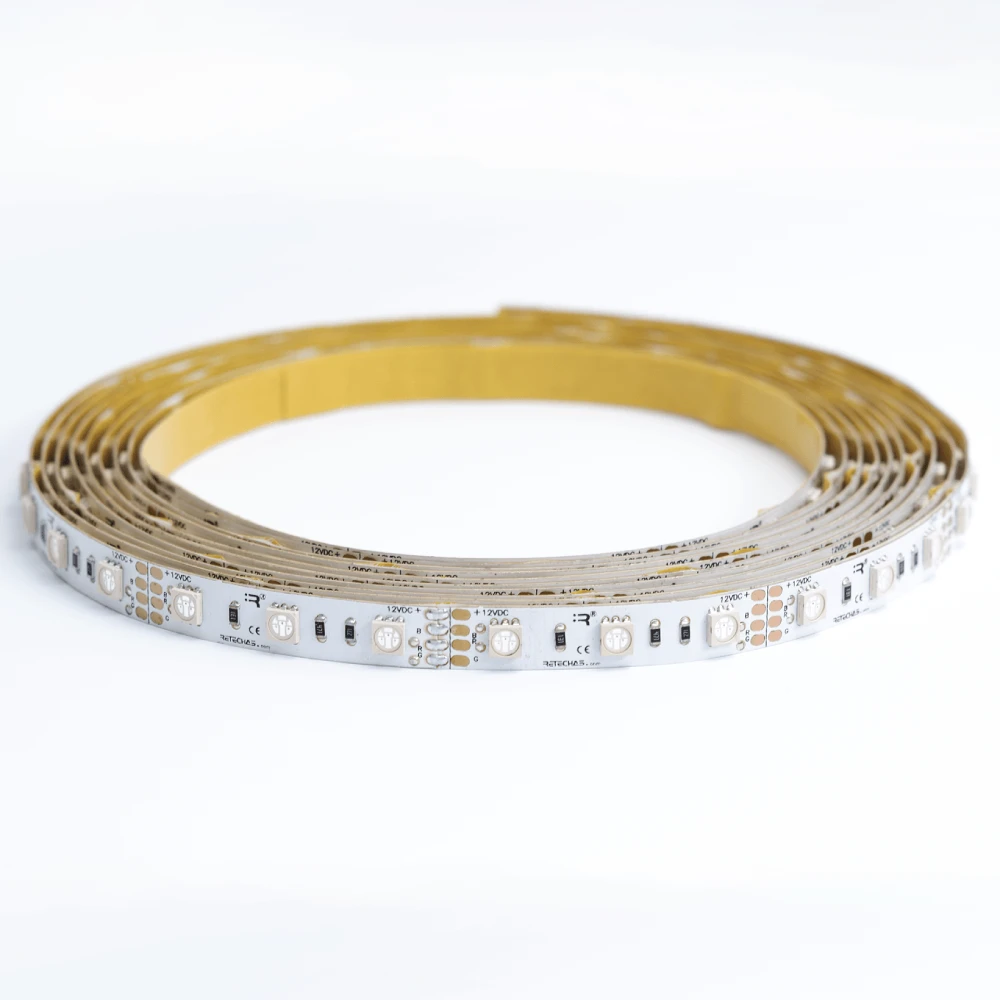LED strips are not only a beautiful decorative element, but also economical lighting in indoor and outdoor spaces. You can install and connect the LED strip easily, and they ensure low electricity consumption. LED strips can be used even in places with high humidity. LED strips will serve you for a long time - the most common resource of strips is more than 50.000 hours.
Lighting systems created from LED strips look really charming in the interior, so this solution is chosen not only in darker spaces, but also in cases where unique solutions for the home are desired. Ceilings, furniture, kitchens, stair treads or stair railings - these products can be used in the most diverse areas of the home. You can choose a black and white strip or RGB, which will light up in all the colors of the rainbow. Therefore, the decision in this case will depend on your imagination and creativity.
Our email in the store you will find a selection of LED strips suitable for any lighting solution. The prices of all tapes are indicated for the purchase of 1 meter.
To choose the right LED strip lighting for your space, you need to pay attention to many factors that will help ensure that you get the lighting that meets your needs. Therefore, we have prepared a useful guide where you will find insights that you need to pay attention to when choosing LED strips.
- How to choose an LED strip?
- LED strip profiles and other accessories
How to choose an LED strip?
LED strips are used in various industrial, commercial and private projects. LED strips are a popular choice due to their efficiency, color options and brightness.
The biggest distinguishing feature is the ease of installation of LED strips. Their flexibility, low profile, and useful accessories make them the most popular DIY home lighting option. With LED strips, it is possible to design the lighting of various spaces as if it were done by a professional, and with the right supplies, the whole job can take only an hour or two.
Here are some useful tips for choosing an LED strip:
Categories of LED strips
The selection of LED strips is very wide, covering all the different types of LED strips. Depending on how you plan to use the LED strips, you may need different types. For example, IP65 LED strips are best used outdoors and in wet rooms because they have a protective coating that makes them resistant to water and moisture. Below are the categories of LED strips that you can find in the Light Center online store:
LED strip colors and temperature
LED strips can be monochromatic or multi-colored. The simplest LED strip lights are monochromatic, emitting only one fixed color of light. Therefore, you can often find options such as warm white, neutral, white, cool white.
Color changing strips are called RGB LED strips. Such LED strips usually display any red, green, or blue color. Color changing strips use multi-colored LEDs to change colors, which are usually controlled by a remote control. RGB LED strips are widely used to have lighting that changes colors. Such LED strips can produce any red-green-blue color combination.
Of course, RGB LED strips will not produce white light, so RGBW LED strips are a common choice. These strips are made up of colored LEDs and white LEDs, so you can alternate between different color combinations and white.
Another very important aspect is the color temperature. White colors are classified according to color temperature. Temperature refers to how "warm" or "cold" the light appears. Light temperature is measured in Kelvin.
For example, a light source with a rating of 2000-3000 K is considered warm white light. Warm white light looks very orange, in some cases yellow. As the degrees of Kelvin increase, the color will change from yellow to yellowish white or white, and then it can change to bluish white, which is the coldest white.
LED strip power and voltage
One of the most important factors when choosing an LED strip is to know the wattage and voltage. The power of the LED strip is shown by lumens, which are denoted by the symbol lm. To find out the power of the LED strip, it is usually indicated on the package and given in watts per meter of strip.
Depending on how you will use the LED strips, note that lumen output is more important than watts.
For example, to illuminate the steps of the stairs, only a 6W (~450lm) LED strip is enough. If you only want accent lighting, it is usually advisable not to choose bright LED strips, so those with 200 lm per meter would be enough.
To use LED strips for general room lighting, it becomes a slightly more complicated process. Most often, the need for brightness for such lighting depends on the direction of the light, the distance from the object (the area you want to illuminate), as well as your personal preferences.
You can find 12V and 24V voltage LED strips in the electronic store of the Light Center. The expert advice is that if you are using a tape no longer than 5 meters, then 12V voltage is enough. If the strip is longer and the voltage is 12V, you may encounter insufficient light distribution. Therefore, where there is no power source, the light may be weaker. In this case, choose a solid LED strip with a voltage of 24V.
CRI and RA indices
The CRI and RA indices indicate the quality of the light. The most common sizes are 70, 80 and 90. The index helps to indicate how correctly the colors are reproduced. Therefore, CRI>70 is suitable for rooms where there is no intensive work, and CRI>80 is recommended for home rooms. If you need very accurate color reproduction, it is recommended to use LED strips with CRI>90.
Resistance to external factors
LED strips resistant to external factors are usually called hermetic LED strips. Hermetic LED strips are encased in insulating materials that protect the LEDs on the strip.
Hermetic LED strips are resistant to moisture, dust and other external factors. Since these LED strips are resistant to external factors, they are classified as IP65-IP68, so they are perfect for use in bathrooms, basements or even outdoors.
Our specialists advise that when using hermetic LED strips, power sources with a similar resistance class should be used together with them.
Which LED strip to choose for different rooms?
LED strips are used as a common method of lighting, that is, to create a certain mood and atmosphere in a certain room. Most often, such strip lighting is used in 3 main rooms - bedroom, living room and bathroom.
Bedroom. One of the most important rooms in the house, so it is in this space that you need to create a cozy and pleasant atmosphere that reduces stress and relaxes before sleep. Therefore, interior designers often recommend choosing RGB / RGBW LED strips.
Different colors can create a certain atmosphere. Therefore, colored LED strips ensure this. For example, to relax in the bedroom, choose blue light. Research into color psychology has shown that the color blue helps reduce anxiety and calms the mind.
Website. Usually, the lighting of the living room consists of hanging or other types of lamps. Such lamps and their design to some extent change the style of the living room and can change the atmosphere. However, most of the time, the atmosphere is best created by LED strips that are adjustable with a remote control or something else controller according to different colors and brightness.
bathroom. White LED lighting is usually chosen in this space. In general, white lighting can be divided into cool white, warm white, neutral white, etc. Therefore, different whites have different lighting effects. When choosing white color, pay attention to its temperature, so you can create the right atmosphere in your bathroom.
LED strip profiles and other accessories
Installing LED strips is very simple, so you can easily do this work yourself. If there are installation instructions on the manufacturer's packaging, you can follow them.
You can stick the strips themselves on the desired surface, but if you want a representative spread, you can use additional accessories. For example, sticking tapes on special aluminum profiles, milling into furniture doors or other parts. It is also possible to cover them and create an impressive lighting option.
LED profiles
We mentioned that for representative lighting results, you can use profiles that give a more complete effect. You can find the following LED profiles in the Light Center online store:
Corner profiles. This is an angular 45-degree tilt profile that is designed for use with flexible LED strips. This type of profile is most often used for lighting under kitchen cabinets, lighting installed in furniture, and stair step lighting.
Special purpose profiles. Such profiles are intended for different areas, for example, walls, stairs, floors. Special purpose profiles are made of high-quality aluminum and can be of various shapes - round, angular, etc.
Profiles are milled. It is a profile of small dimensions, which is suitable for the use of flexible LED strips. The most common purpose of using this profile is when the space available for lighting is small, for example under kitchen cabinets.
Built-in profiles. One of the most popular profiles installed in the ceiling, which is designed for linear LED strips. Due to the dimensions of the built-in profile, the possibilities of its use are very large. Therefore, using this profile, you can perfectly create the main lighting.
Surface profiles. The smallest profile you can use to construct linear systems. Therefore, you will perfectly create a minimalistic lighting effect.
Glazed profiles. These profiles are intended for installation in plasterboard ceilings and walls. Such profiles support only one LED strip. Can be used for main or accent lighting.
Profiles of linear systems. Most often, such profiles are used for ceiling or wall installation. Also, the main advantage of such profiles is that they can support more than 2 LED strips.
Accessories for LED profiles. These accessories allow you to connect, complete or cover the built-in profile with the LED strip.
LED power supplies
LED power supplies ensures long and high-quality operation of LED lamps. In the assortment of the light center you can find a wide selection of power sources. Such as open and hermetic 12V or 24V power sources, slim and professionally dimmable LED power sources.
All power supplies can be used at home or professionally. Accordingly, a warranty of 5 to 7 years is provided.
LED controls
LED controls are for regular, RGB or RGBW LED strips that can be used to increase or decrease the light intensity. The most common controller is a remote control. With the help of the remote control, you can adjust the intensity of the light, if it is an RGB or RGBW strip, you can also change the color of the light.
You can also find control panels with a touch-sensitive screen in our assortment, which are usually combined with RGB LED strips. If you don't know which controller you need or are unsure, our store specialists will answer all your questions.

